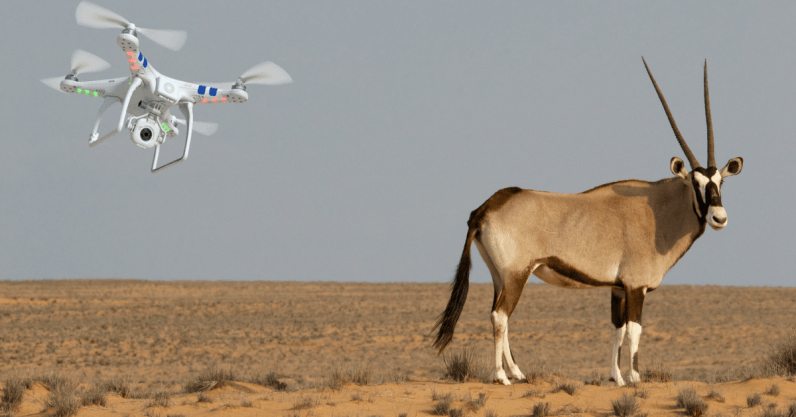The drone, an unmanned aerial vehicle (UAV), is a powerful engineering marvel that accurately demonstrates the shifting inclinations towards technology for improving societal welfare.
Drones have a spectrum of uses which can be observed through the many projects being carried out world-wide. More commonly, the emerging firefighting drones are mechanisms that have the potential to help put out fires and convey vital information regarding ongoing fires to firefighters, allowing them to focus their efforts in these critical regions. In such instances, drones are effectively minimizing injuries gained and lives lost, by increasing productivity.
Additionally, the excessive exploitation of land by humans, among various other factors, have inflated the number of endangered species at the present day — there are over 40,000 species on the IUCN Red List, with many threatened with extinction. To combat this pressing crisis, Niger has employed the UAV’s to protect the endangered addax antelopes in Africa’s largest terrestrial park and Kenya has deployed surveillance drones to monitor the populations of species so that appropriate conservation schemes can be implemented when the numbers drop.

The success of the drones is arguable, however. The glamorous endeavors are shrouded by the controversy of their illegal usage. Their use near prisons has created great concern which only escalated when the police reported that a gang was transporting £550,000 worth of drugs from 2016 to 2017 across prisons in the UK. Moreover, the same UAV’s were used to deliver mobile phones to inmates. The facilitation of both of these has heightened violence, self-harm and deaths in the targeted prisons.
The reputation of drones is further exacerbated by the airport disruptions they have caused. The UK’s Gatwick and Heathrow runway closures during the December of 2018 and January of 2019 respectively, were due to drone sightings. The events emphasize how the reckless behavior of one individual flying a drone, or any other UAV for that matter, can have harrowing consequences for the wider population.
Like most things drones show a duality and their ability to contribute constructively or destructively relies entirely on the tendencies of the humans who control their flight. Some countries like Algeria and Barbados have taken precautions by banning them. Others are learning to overcome the challenges they present through strict regulation and the invention of pioneering designs that hope to enhance our response to environmental and social issues.
Photo: Jared Brashier via Unsplash




